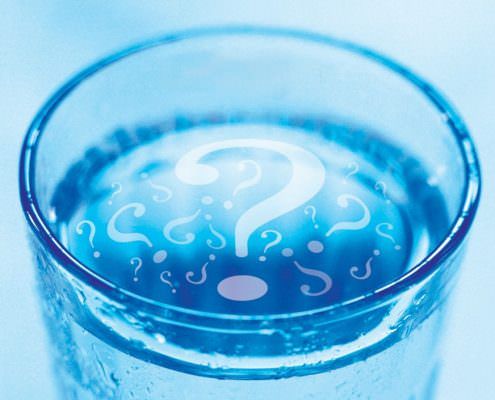Tungsten in Drinking Water Builds up in Bones
Published on by Water Network Research, Official research team of The Water Network in Academic
New research could add to doubts over the once-universal assumption that tungsten poses little or no health risk to the general human population.
The study shows how and where tungsten accumulates in bones of mice exposed to the element through drinking water.
By Chris Chipello-McGill

Representative image
With the highest melting point of any metal, tungsten’s remarkably high density and hardness make it a prized ingredient in a range of industrial, military, and medical applications. Used in cutting tools, ammunition, medical devices, and even some medications, the metal has become part of our daily lives.
While many regulatory agencies have set limits on exposure to airborne tungsten dust—primarily to protect workers who mine and process the metal—there are very few officially mandated limits on water-soluble tungsten compounds, to which a broader cross-section of the community are at risk of exposure.
Chronic exposure from within
The new study on tungsten exposure in mice, published in Communications Chemistry , used powerful x-ray spectroscopy techniques to find answers to these questions. The results raise a number of concerns.
While researchers have previously shown that tungsten accumulates in bone, McGill University researchers have discovered that the element didn’t accumulate uniformly across bones; rather, it was concentrated in certain hot spots.
“We found that tungsten, once thought to be non-toxic and inert, does in fact accumulate heterogeneously in bone,” says Cassidy VanderSchee, lead author of the study and doctoral student in the chemistry department at McGill. “Not only that, we found that it accumulated in a chemically different form to that in which it was administered, which confirmed that tungsten is chemically active in the body.”
The study shows that in mice exposed to high levels of tungsten through drinking water, the element accumulated in specific regions—bone marrow and porous (or “cancellous”) bone tissue—to a degree 10 times greater than background levels. The deposition of tungsten in cancellous bone suggests the element is incorporated during bone growth and remodeling, indicating that young, growing individuals are particularly susceptible.
The researchers also found that the bone’s hard outer layer—the cortex—retained tungsten even after the mice were given tungsten-free water for a period of eight weeks after initial exposure. With the body unable to clear tungsten from this tissue, the bone effectively becomes a source of chronic exposure.
Of even greater concern was the finding that tungsten was changing form in the body. The results show that the element was accumulating in a form resembling phosphotungstate, a known chemical catalyst with significant potential to intervene in the biological processes that occur in bone marrow and cancellous bone—immune cell formation and bone growth among them.
Read full article: Futurity
Media
Taxonomy
- Drinking Water Security
- Environmental Health
- Treatment
- Treatment Methods
- Drinking Water Treatment
- Drinking Water Managment
- Drinking Water
- water treatment
- Public Health